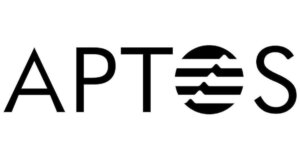SEC Opens Up the ETF Market, Opportunity Knocks for Cryptocurrency?
Photo by Jeremy Bishop on Unsplash
After proposing to streamline the process of launching an exchange-traded fund (ETF), the United States’ Securities and Exchange Commission (SEC) may be giving blockchain funds easier access to a $3.4 trillion market.
If approved following June 28’s unanimous vote, the proposal will lower the ETF market’s barrier to entry — sparing prospective funds the “cost and delay of obtaining an exemptive order” during application.
Currently, new ETF funds must apply to the SEC for ‘exemptive relief’ on a case-by-case basis — essentially requesting to operate outside the scope of the 1940 Investment Company Act.
The proposal may exclude ETFs liability to greater scrutiny, however. Addressing the commission’s open meeting, SEC Chairman Jay Clayton stated:
“The exemptive order process would continue to apply to certain ETFs, such as ETF structures that have limited interest or raise considerations that are outside the scope of the proposal.”
While the plan does not specifically mention cryptocurrency, the SEC appears to have modernization on the agenda. Stating their desire to offer investors a more diverse portfolio, the SEC noted:
“The proposal would therefore facilitate greater competition and innovation in the ETF marketplace, leading to more choice for investors.”
SEC & Crypto ETFs: Yay or Nay?
While a number of blockchain-based ETFs made the cut, the SEC is yet to approve one that incorporates cryptocurrency.

In January 2018, the SEC indicated they won’t give cryptocurrency ETFs a simple path until resolving many other issues — namely liquidity, valuation, custody and manipulation.
It would appear, however, that the SEC is warming to the notion of index-style cryptocurrency funds. After rejecting an appeal by the Chicago Board Options Exchange (Cboe), the SEC is now requesting public opinion on the matter.
ETFs would give cryptocurrencies significant exposure from being traded on global stock exchanges. If approved by the SEC, one could imagine a rapid influx of funds from both institutions and individuals — who would be permitted to invest via their 401k or IRA retirement accounts.




 CoinGlass
CoinGlass 


 Farside Investors
Farside Investors 



























































































